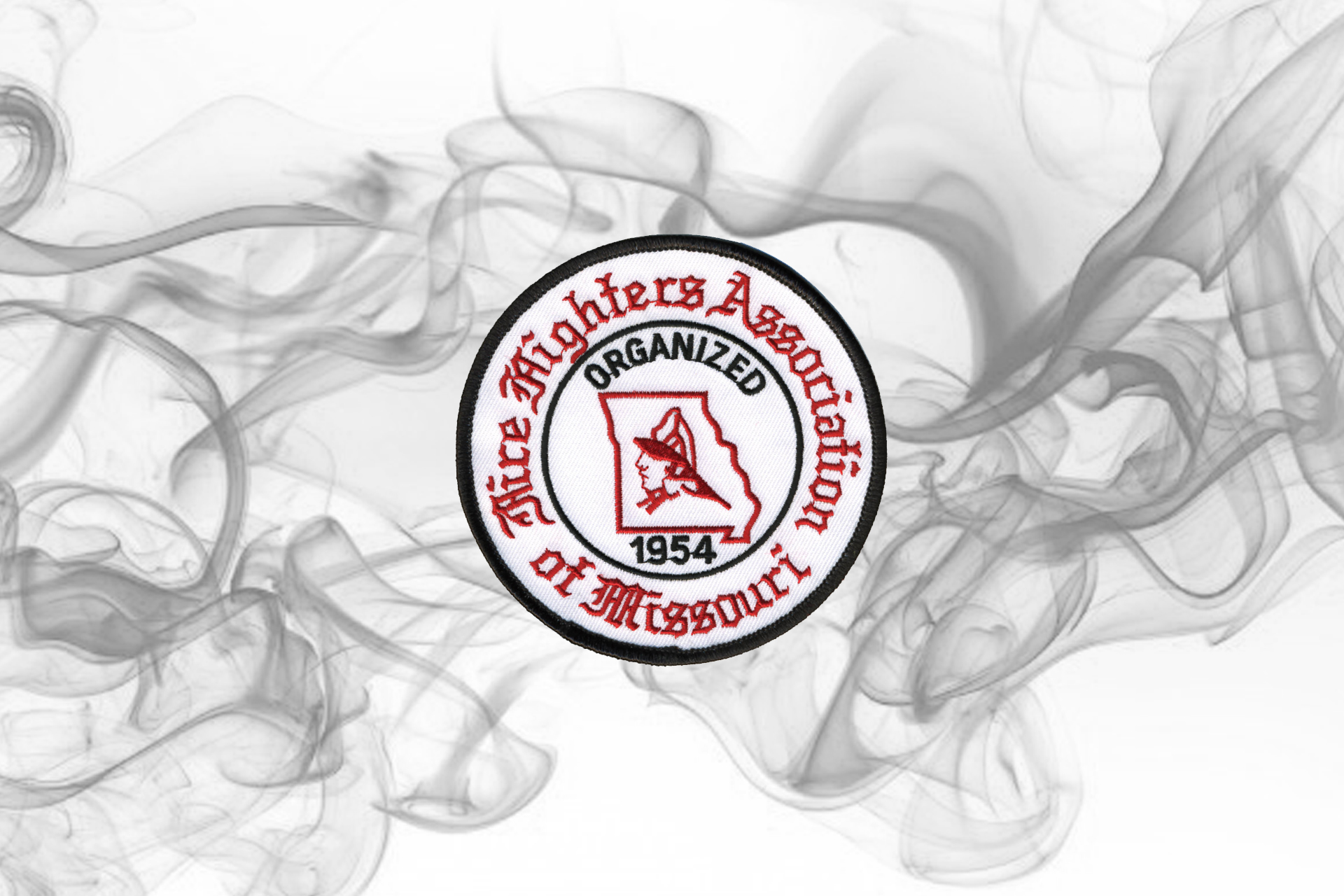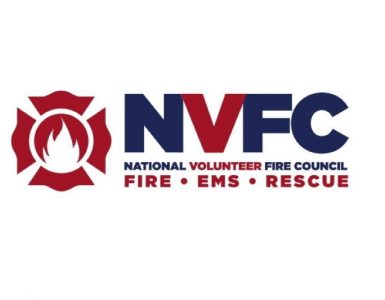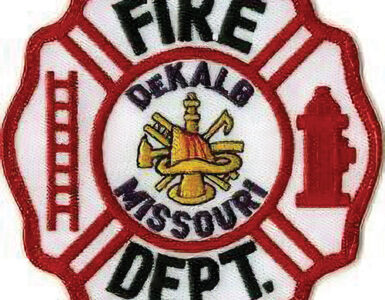Greetings! It would appear that this year is getting close to going in the books so to speak. It is hard to believe how fast time passes by with our busy lives. I hope you are making plans to spend time with family and friends during the upcoming holidays. If you have a friend or maybe somebody at the fire station who has no one to share this time of year with, you might think about including them in your plans. A little bit of kindness surely couldn’t be a bad thing. Keep in mind the holidays are a stressful time with many extra issues added to not only our lives, but those we serve. Suicide attempts or contemplations have traditionally been thought this time of the year so take that extra minute and make sure those around you are coping well and don’t need a little extra help or understanding.
Let’s talk about service this time. It is safe to say that because you are involved in our line of work you have at least some basic desire to serve, but the question that may arise is just how do we really serve and who is it that we are serving? I think most of us can provide the easy answer, “we serve the public,” without hesitation. Of course this is a very true statement and should remain the focus of what we do, since after all if they see no benefit in our service will it continue to be funded.
Whether you belong to a paid or volunteer agency the fact is we work for the public and we need to consider if they are getting what they deserve or expect? With the thought in mind that maybe other service providers could be sought out, it might behoove us to make sure what we do is what the all important public is expecting or needs. No we can’t meet all of their needs all of the time, but we should make an effort to at least show them we are trying to meet them. For some in our profession, service is thought of as responding to our customer’s (the public) calls for emergency assistance and then retreating to our fortress to prepare for the next response. That belief is not totally incorrect, but is it really meeting the expectations of those customers?
It is often the little, almost casual things we do that enhances our image (we discussed image an issue or two ago) in the community for the service we provide. With the changing times some of the things we used to do are no longer viable options. Things like filling a private swimming pool with the department apparatus used to be common in some areas. Today water usage is so closely monitored and the potential for causing damage resulting in a claim or lawsuit has risen to a point this is not generally an acceptable practice. So how have we overcome the void in service left by deleting services similar to this? Perhaps something as simple as knowing who the local water haulers are or which entity controls the water so that information can be shared will leave a better impression instead of the blank, “we don’t do that,” and then hang up the telephone.
Have we taken the extra steps to make our customers know we are available for them for other than emergency responses? Essentially, do our customers even know we are around, other than when the incredibly loud siren and overly bright lights pass them on the street? If you look at your agency and see no interaction other than emergencies then you may not be delivering the things your customers may be looking for. Many areas of service you can provide has little cost involved, but the “worth” you can gain in your customer’s eyes could be immeasurable.
When local events take place like parades, carnivals, fund raisers, community based school events and other similar activities do you make the effort to go out and participate or do you sit back in your fortress and wait for a tragedy to require your response? Taking the time to get out and be involved in your community can foster great respect from those you serve and will let them know you are engaged in the community, you are willing to help and above all you are available to them. If your agency is asked to do a non-committed standby for a local event do you proudly engage in the event or do you lay out a fee structure for each minute you will be there? Although this can be a tricky area, if you go to some events and not others, it can be accomplished by having a basic “criteria” of what types of events you cannot be present for and those you can. Keep in mind it is likely that most of those taking part in the event are the same citizens that paid for your equipment, through taxes or donations, so is it really a bad thing to give them some “free” service in return for supporting you?
Most of those we serve know if they can punch in the numbers 9-1-1 we will come do what we can for them. Although this is admirable, we should be out in the community making them aware we do more than just emergencies. Perhaps you have a program to assist with smoke or CO alarm installations, but are you sure the public knows that is a service you provide? Do you make a regular attempt to get to do public presentations or speak to local groups about your agency and share the knowledge you have? If not, what better way at no cost can you find to reach those you serve. I know most civic groups struggle to find “programs” to present to their members at meetings so why not make yourself a regular visitor and touch on a different fire safety related topic each time. Most of these presentations don’t have to be long, they just need to be well organized and provide some value to those in the group.
Several years ago the fire service and for that matter most public service agencies took a step back and closed ranks a bit as we collectively became the targets of groups that sought out ways to harm our country. The call went out to secure the apparatus at all costs, lock up the stations, secure all loose equipment and generally scrutinize everyone you came in to contact with. This action wasn’t all a bad thing considering the climate of change taking place at that time and actually was probably much needed. The question is, have we recovered from those days and re-connected with those we serve.
A department I was familiar with took the stance during that time, and still operate in that mind set today, that the bay doors could not be open unless someone was directly monitoring the area. By doing this they also took away a little connection to those they serve as passing motorist no longer saw the “friendly” firefighters working around the inside of the station who were normally willing to wave or even stop what they were doing for a quick chat on the ramp with some of the locals or give an impromptu tour to some children. Another agency I have passed by numerous times has taken a different approach. The bay doors are up most of the time and often firefighters are easily seen hanging out near the front of the station friendly waving at all passing motorist. I haven’t stopped to check to see if they may have installed surveillance cameras in the bay, which allow them the opportunity to monitor foot traffic into the building or some other system, but the feeling I get each time is, “hey, you are welcome to stop by and see your building and equipment anytime,” and I don’t even live in or near their community.
No matter what your agency does beyond emergency calls, just keep in mind our job is to serve. With that in mind, please remember I am here to serve you as members of the FFAM and I hope you never hesitate to contact me if I can be of assistance.
Be Safe!

































